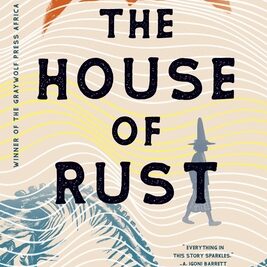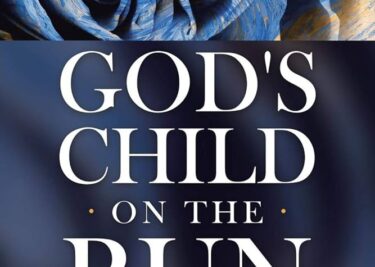The River Between
Katerina Nyangi reflects on Ngugi wa Thiongo’s The River Between as a must read from the Kenyan authors shelf. If one read it as a teenager, she suggests reading it again as an adult as it will definitely hold a whole new meaning for you in a world and time where our sense of identity struggles.
Katerina shares a review of Ngugi’s seminal work: Two communities represented by two ridges, Makuyu and Kameno, separated by a valley, encounter cultural conflict when the British colonial missionaries bring change. While Kameno seeks to maintain the traditional and ancestral Gikuyu practices and way of life, Makuyu has embraced Christianity and the ‘enlightenment’ of the missionary education.
The main character is said to be the charismatic Waiyaki of the Kameno community. He underwent the initiation ritual of circumcision but was sent to the missionary school by his father so that he could understand the ways of the white man. He represented the idea of a ‘Messiah’ who may bring peace back to the two ridges.
My personally chosen main character is Muthoni, the daughter of preacher Joshua of Makuyu. Her father converted to the Christian way of life and strictly abided to it, considering traditional practices a contamination.
Muthoni ran away from home, to Kameno, because she wanted to undergo the ceremony of circumcision even if she was a Christian. This would initiate her into womanhood. To me, she was the representation of preserving and understanding the place traditions hold in a culture and hearts of the people who own it.
The description of River Honia that never dried and “flowed through the valley of life” brings the reader to understand how the communities’ traditional way of life revered Mother Nature and it’s potency.
Muthoni dies after the circumcision. No one wants to take the blame. Joshua blames her sin of undergoing the ritual, the Kameno people think of it as a punishment on Joshua for abandoning tradition, the missionaries use it as a case to emphasise the vice and sin of traditions. Who is really to blame? I leave that question with you.
As a millenial Kenyan of multi-cultural background, what resonated for me was the inter-generational dilemma between carrying on a legacy and bringing in change. Like Muthoni, we want to preserve the unifying aspects of our ancestry, which also gives us an identity. But like Waiyaki, we feel we have failed because there is a system with deeply ingrained scars that we can not entirely heal. The fascinating thing is, despite the fact that this book was published in 1965, the issues are still as pertinent. Each one of us is represented by a character in the book in a very personal way. Which character would you be?
Kenya has a beautiful and alive mother nature, but in it we sit divided. Our magnificent landscapes remind us of what should unite us, but we remain in darkness as political and tribal conflicts prevail and our identities are shattered.
Our reviewer Katerina Nyangi loves to tell a good story. She is presently a content writer and editor.





